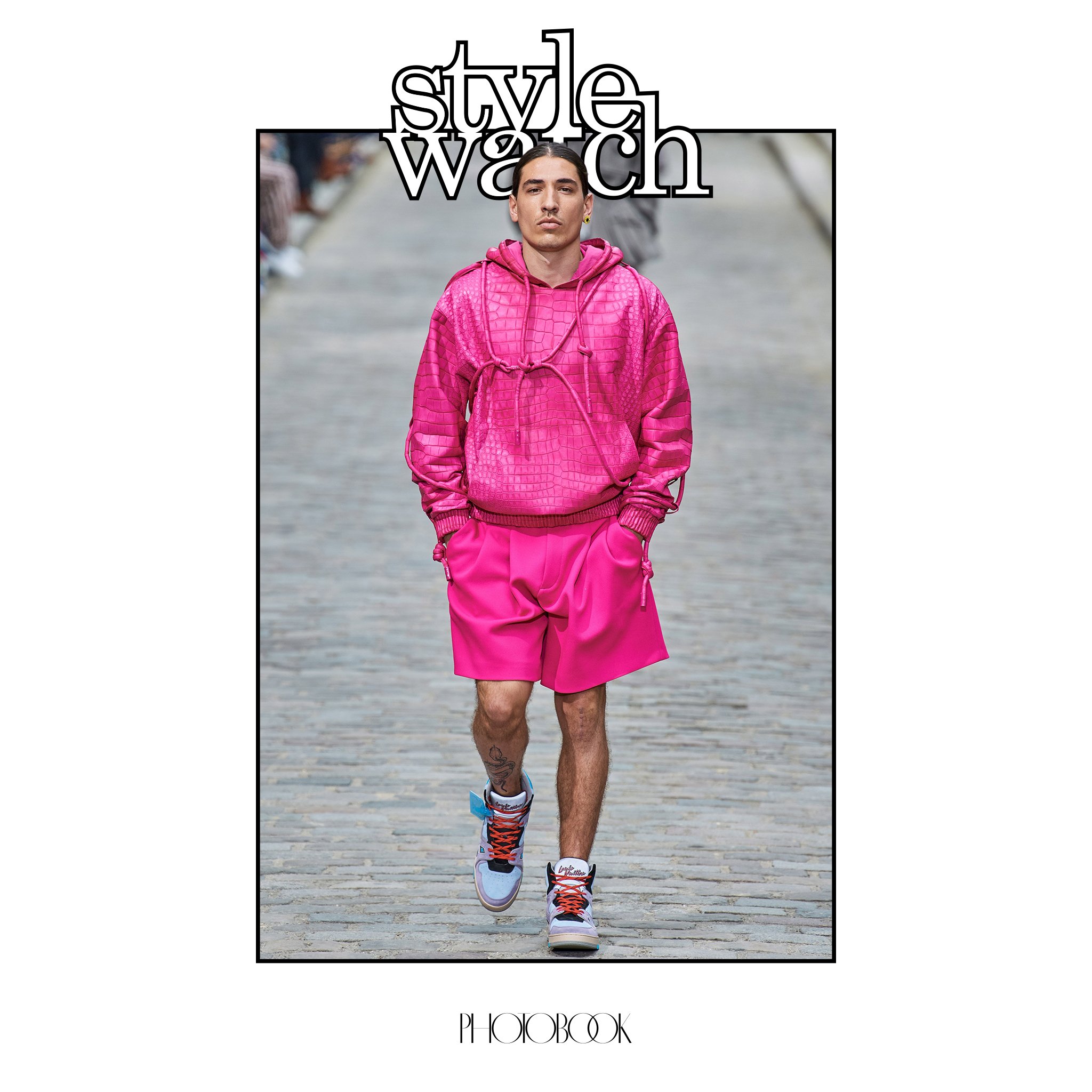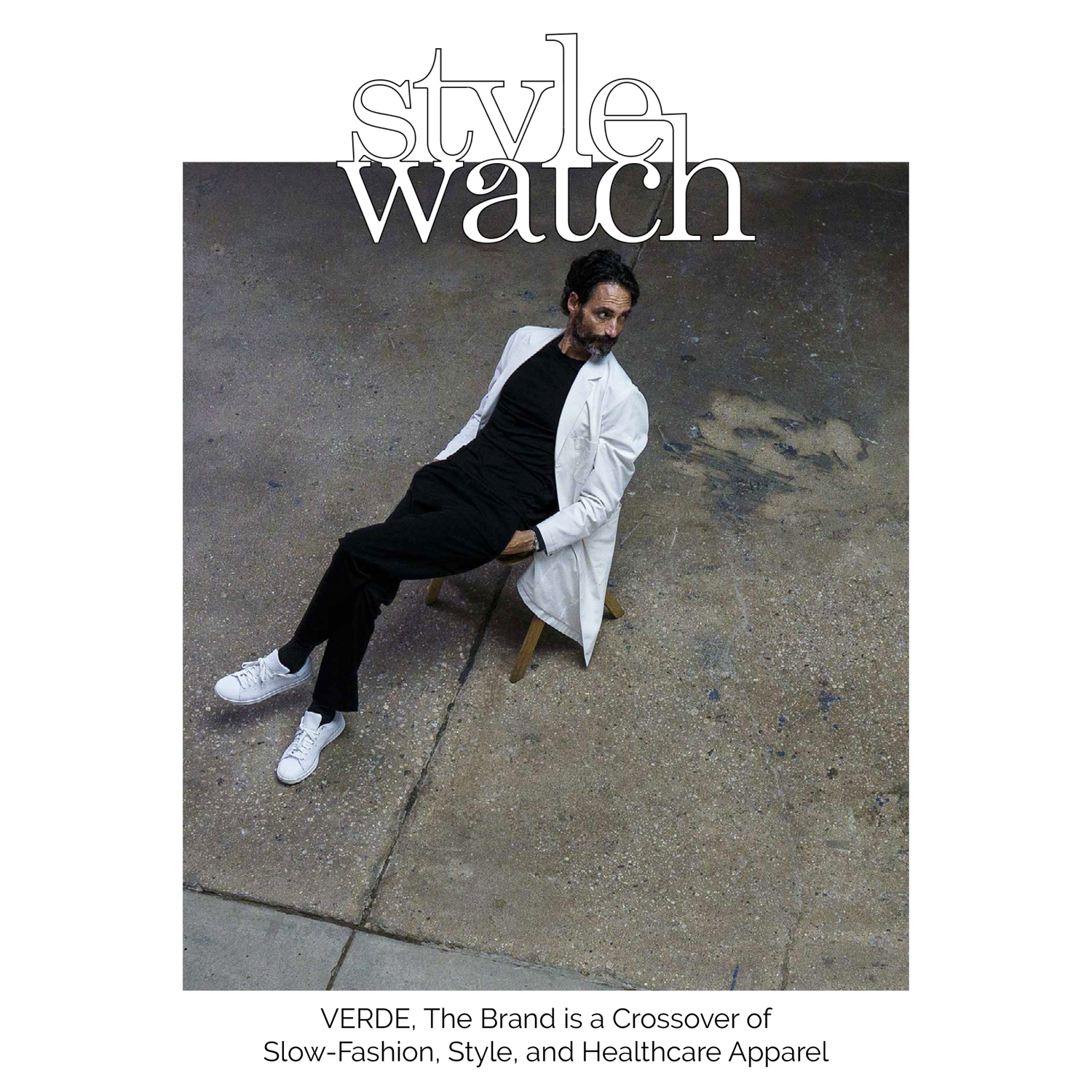Ball Out: The Synergy between Style and Sports
Hector Bellerín Vuitton Mens SS2020 Francois Mori/Associated Press
The field of sports has always been a fertile source of inspiration for the fashion industry. Often on the cutting edge of fabric technology and performance wear, the sporting arena has frequently set the pace for fashion and is credited with popularizing many casualwear staples such as polo shirts and sweatpants. The sports world rarely seemed to return the compliment–up until recently.
Increasingly, we see the industries of sport and fashion becoming intertwined. Athletes are becoming the new fashion influencers and are leveraging their keen fashion sense to craft distinct personal brands and ink lucrative deals.
Take Serena Williams for instance. Throughout her illustrious tennis career, she has used her fashion choices both on and off the court to challenge the rigid expectations of women in a sport where her skin color and body type were outside the accepted norm. She brought her own flair to the court, sporting catsuits and tutus, eschewing the traditional tennis whites of the establishment. Her trailblazing fashion led to her creating her own clothing line, S by Serena, co-chairing the 2019 Met Gala, and becoming the first Black female athlete to be on the cover of Vogue.
Male athletes are also stepping up their fashion game. The tunnel where basketball players enter their locker rooms before a game has been transformed from mere architecture to a mini-Met Gala thanks to these athletes’ eye-catching pre-game attire.
Ball Out: The Synergy between Style and Sports
NBA stars like LeBron James and James Harden are as well known for their stylish tunnel outfits as they are for their winning plays. In football, Cleveland Browns’ Jeremiah Owusu-Koramoah stunned on game days in traditional African wear which paid homage to his Ghanaian roots.
And the fans love it. Instagram accounts such as @leaguefits, @nbafashionfits, and @footballerfits document these athletes’ every fashion move. These pages have collectively amassed millions of eagle-eyed followers who are eager to see and emulate their favorite sports stars’ outfits. Speaking to Town & Country, Matt Powell, a VP at sports marketing research firm NPD Group asserts, said, “These players recognized that social media was an opportunity to demonstrate their own style and taste.”
This increased public interest in athletes’ style has made fashion brands all the more eager to dress and work with them. LeBron James and his then-team Cleveland Cavaliers made a powerful statement in 2018 when they all sported custom Thom Browne suits during the NBA playoffs. While Thom Browne is a well-known name in fashion circles, having LeBron and company wearing his brand at such highly visible events introduced a whole new audience to the fashion house.
Basketball Player Kyle Kuzma Courtesy Kyle Kuzma via Gq.com
Additionally, how these designer pieces end up on NBA stars is different from the typical Hollywood system. Hollywood stars are often loaned samples of designer garments in exchange for publicity, but for basketball players who are taller and broader than average, most samples simply won’t fit them. As a result, players usually buy their outfits from retailers or order custom pieces, which brings revenue more directly to the fashion houses, in addition to generating further publicity for these fashion labels.
While many athletes sport the badge of style icon, the real MVPs of this convergence of sport and fashion are their stylists. Rachel Johnson, a stylist who boasts LeBron James as one of her clients, notes that her job extends beyond creating an image for her clients. For Johnson, her role entails “also giving him somewhere to go and working with the team to ensure that he is at the right charity event. That he is at the opening at the Whitney. That he is attending shows in Paris.” The most crucial part, however, is the exposure her clients get when they are wearing the clothing. “I could have clients that look amazing in the sexiest, the most epic black suit you've ever seen in your life,” she says. “But if nobody sees it, who cares?”
Stylist Rachel Johnson. Photo via Linkedin.com
Careers in sport are often short-lived, so by creating a personal brand supported by their fashion taste, athletes are able to diversify their sources of income and remain relevant long after they hang up their boots. “A lot of them decide to sculpt their personal brands from the outset of their careers, rather than later down the line,” says Daniel-Yaw Miller, senior editorial.
One such example is soccer player Héctor Bellerín, who is all about playing the field fashion-wise. His impeccable style that combines thrifted finds and top-tier designer gear has opened a number of doors for him in the fashion arena. He has landed a number of fashion collaborations including a sustainable collection of earth-tone basics for H&M and suits with the Los Angeles streetwear line 424 for the men’s and women’s Arsenal teams. In 2019 he walked the runway for Louis Vuitton menswear under then-artistic director Virgil Abloh. Not content with merely being a clothes horse, Bellerín started working on creating his own clothing line in 2020.
As athletes continue to embrace and elevate their personal style, we will see even more blurring of the lines between fashion and sport. Fashion is no longer confined to the sidelines but has become an integral part of the game, shaping the narrative of sports culture and the athletes who define it. The fusion of sportsmanship and style not only showcases individuality but also cements the athletes' status as multidimensional influencers in a world where one’s personal brand is crucial both on and off the field.
Article by Ren Wilson, Contributor, PhotoBook Magazine
Tearsheets by Alexa Dyer, Graphic Designer, PhotoBook Magazine







